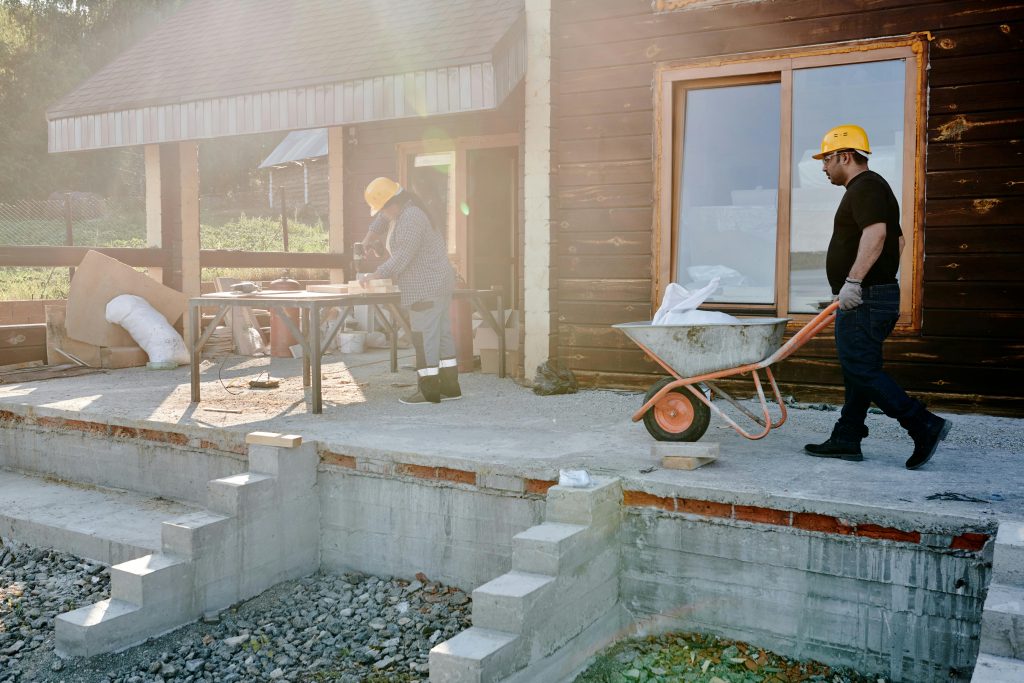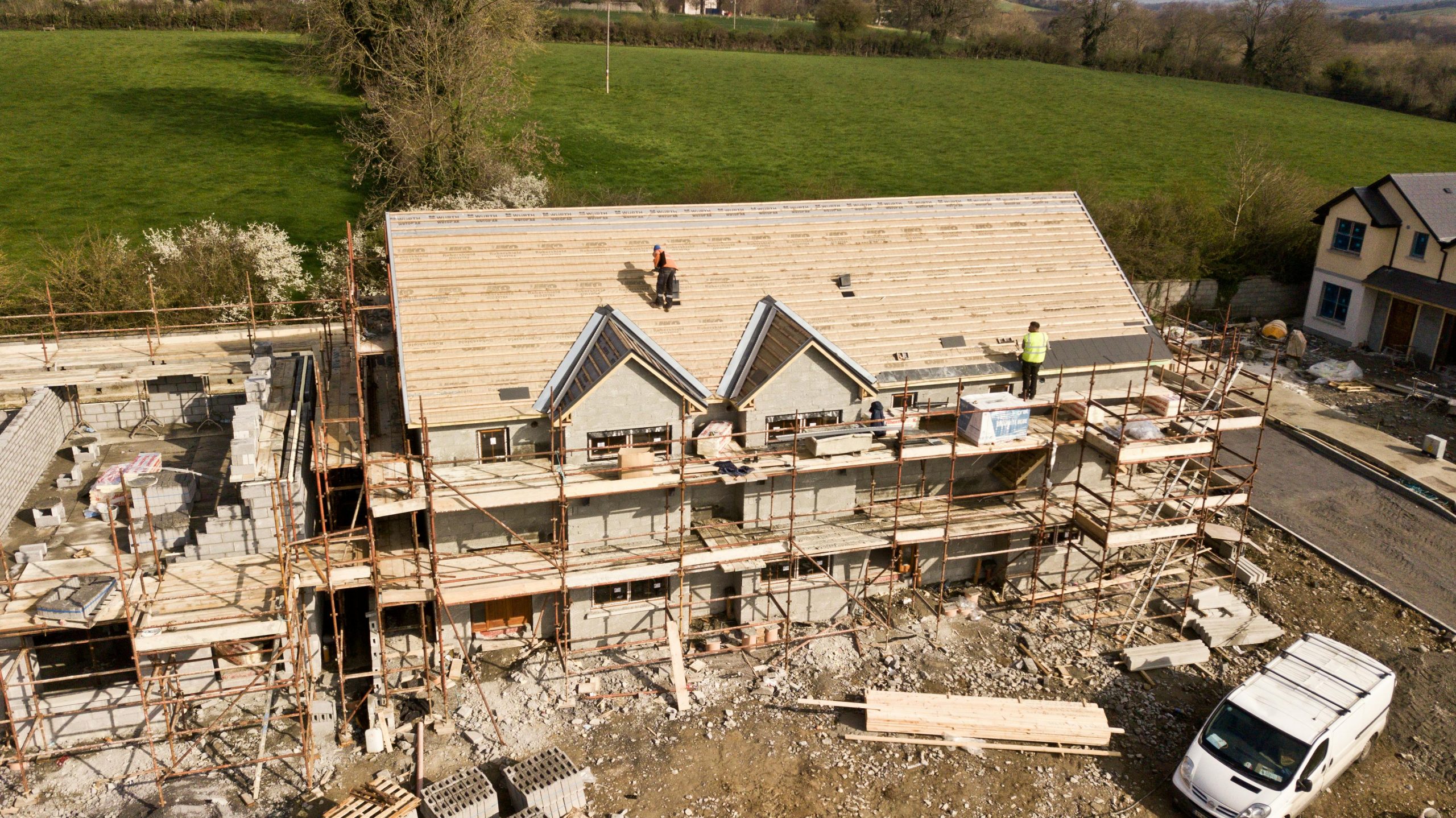
- Advanced construction materials like self-healing concrete enhance durability and reduce maintenance needs.
- Powder coating offers a sustainable option with its durability and resistance to environmental damage.
- Innovations such as 3D printing and prefabrication make construction faster and more efficient.
- Sustainable materials are meeting environmental challenges, pushing the industry towards eco-friendly practices.
- The construction industry is experiencing a transformation driven by technological advancements and innovative materials.
In a constantly evolving world, the building industry is no exception to the rule of innovation. From constructing historic marvels to erecting modern skyscrapers, the industry has always paced alongside technological breakthroughs and the synthesis of groundbreaking materials. Today, a new wave of construction innovation is underway, redefining the limits of possibility with each development.
The Emergence of Innovative Materials
The construction industry has witnessed an unprecedented influx of innovative materials that promise to enhance the durability and sustainability of structures and revolutionize the aesthetics of construction projects. These cutting-edge materials are setting new benchmarks in construction and pushing the boundaries of architectural design and functionality.
Light-Transmitting Concrete: Shaping the Way Buildings are Lighted
Imagine a material that combines the solidity of concrete with the luminosity of a frosted-glass window, allowing natural light to permeate your walls in a way never seen before. This vision is a reality with light-transmitting concrete. By embedding optical fibers within the material, architects can design solid and translucent spaces, reducing dependency on artificial lighting and creating awe-inspiring environments that change how you think about building materials.
The Miracle of Self-Healing Concrete
Concrete is the backbone of the modern urban landscape, yet it is vulnerable to crack-induced degradation. Enter self-healing concrete, a marvel that could heal dangerous cracks without human intervention. This material introduces super-absorbent polymers, healing agents, and bacteria into the concrete mixture. These components create a calcium carbonate sealant when a crack forms, effectively plugging the gap and extending the structure’s life.
Low-E Glass and the Sustainable Revolution
Low-emissivity or Low-E glass is a technology that controls the amount of heat transferring through your windows. A thin metallic oxide coating allows for high natural light transmittance while blocking significant amounts of solar heat. This optimizes the internal climate, reducing the need for heating and cooling, energy costs, and the building’s carbon footprint.
Advanced Techniques Revolutionizing Construction
The construction industry is witnessing a period of rapid innovation. It is leveraging advanced techniques to meet the demands of modern architecture and sustainability goals. From enhancing material properties to employing sophisticated design software, these advancements set new standards for efficiency, durability, and environmental stewardship.
The 3D Printing Phenomenon in Construction
3D printing has drastically changed prototyping and manufacturing, but its application in construction is turning heads. With specialized printers that can build structures layer by layer using concrete, we’re at the forefront of printing entire sections of buildings on-site or creating decorative elements with previously unimaginable intricacies.
Prefabrication and Modular Construction: The New Normal
The momentum of prefabrication and modular construction techniques is due to their efficiency. Construction projects can achieve unprecedented efficiency and quality control with parts manufactured off-site. Additionally, the modularity of components allows for more fluid, adaptive, and eco-friendly design solutions.
Powder Coating: The Invisible Guardian of Buildings
Powder coating is an advanced finishing technique that is becoming a standard in construction due to its durability and decorative attributes. This process includes the application of a dry powder onto metal surfaces, followed by curing under heat to form a durable, protective coating. With its resistance to chipping, scratching, and fading, powder coating ensures that a building’s exterior remains as elegant as the day it was first unveiled. Hiring a reputable powder coating service is the final step in ensuring a building’s long-term aesthetic appeal and protection from harsh elements.
The Impact of These Innovations on the Industry

These materials and techniques are more than novelties; they signal a broader shift towards sustainable, efficient, and groundbreaking construction practices. The industry, renowned for its structured adherence to convention, is gradually recalibrated by the influx of these revolutionary advancements.
Sustainable, renewable, and energy-efficient materials are addressing the immediate environmental concerns of the modern age. Meanwhile, techniques like 3D printing and prefabrication are redefining the timelines of construction projects, making the once laboriously slow industry more agile and dynamic.
The construction industry stands at the brink of a renaissance, one that will be built on the sturdy foundation of advanced materials and techniques. As you look to the future, you can expect buildings that are not only marvels of design and function but also testaments to the ingenuity of the human spirit. It is through adaptability and the acceptance of progress that you will continue to revolutionize how you build and shape your environment and, ultimately, your future.



